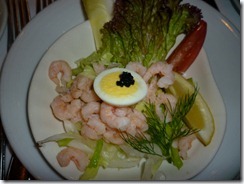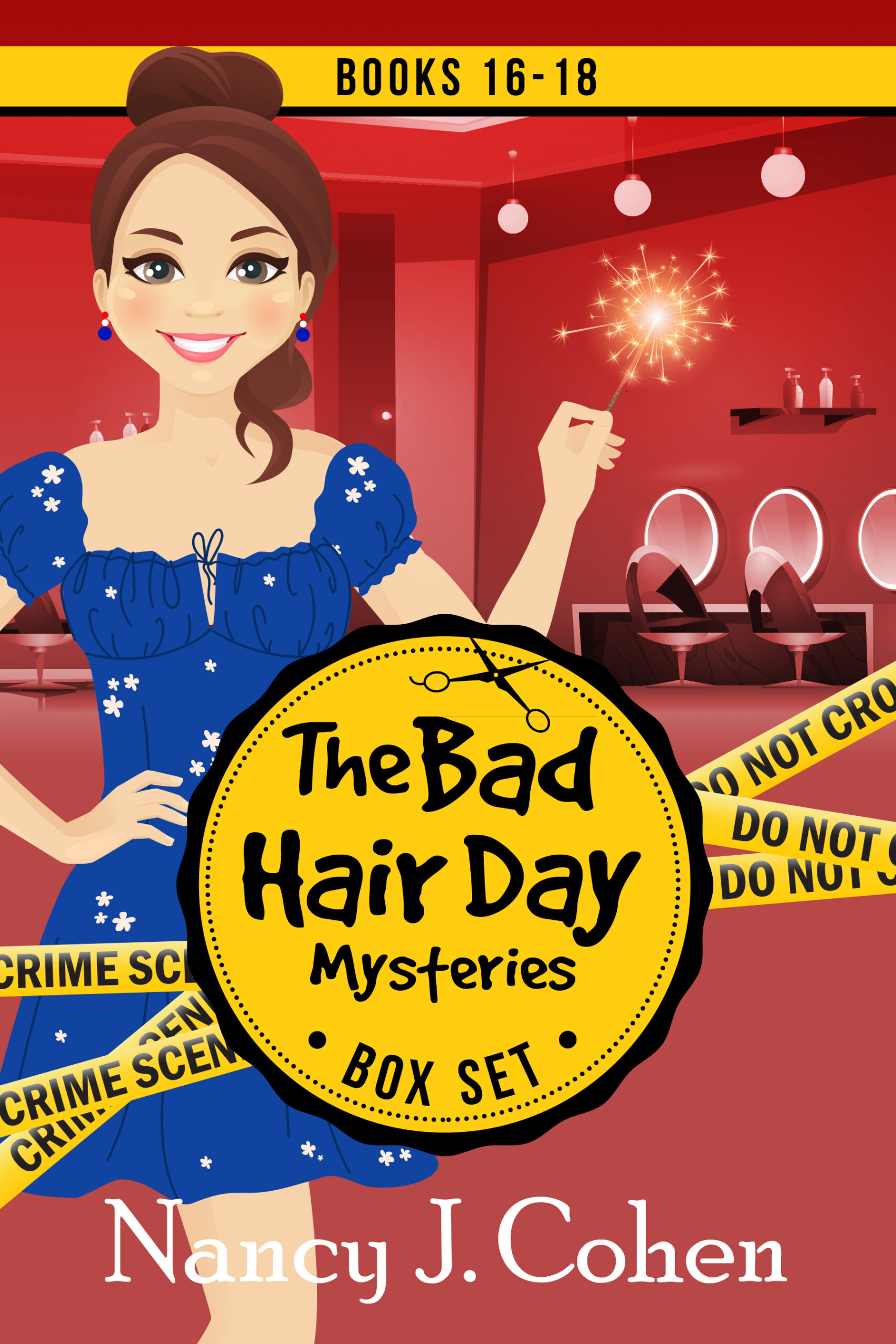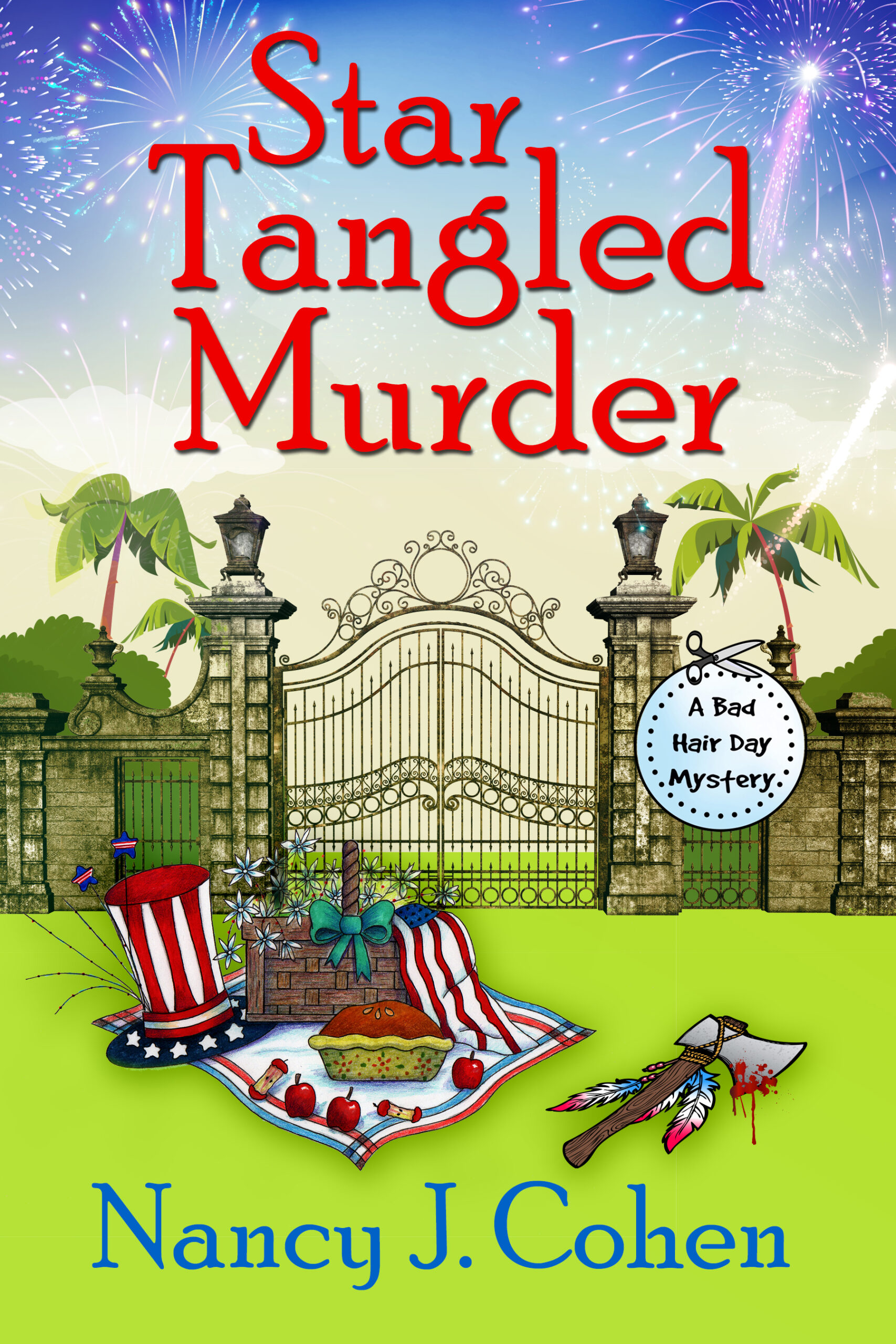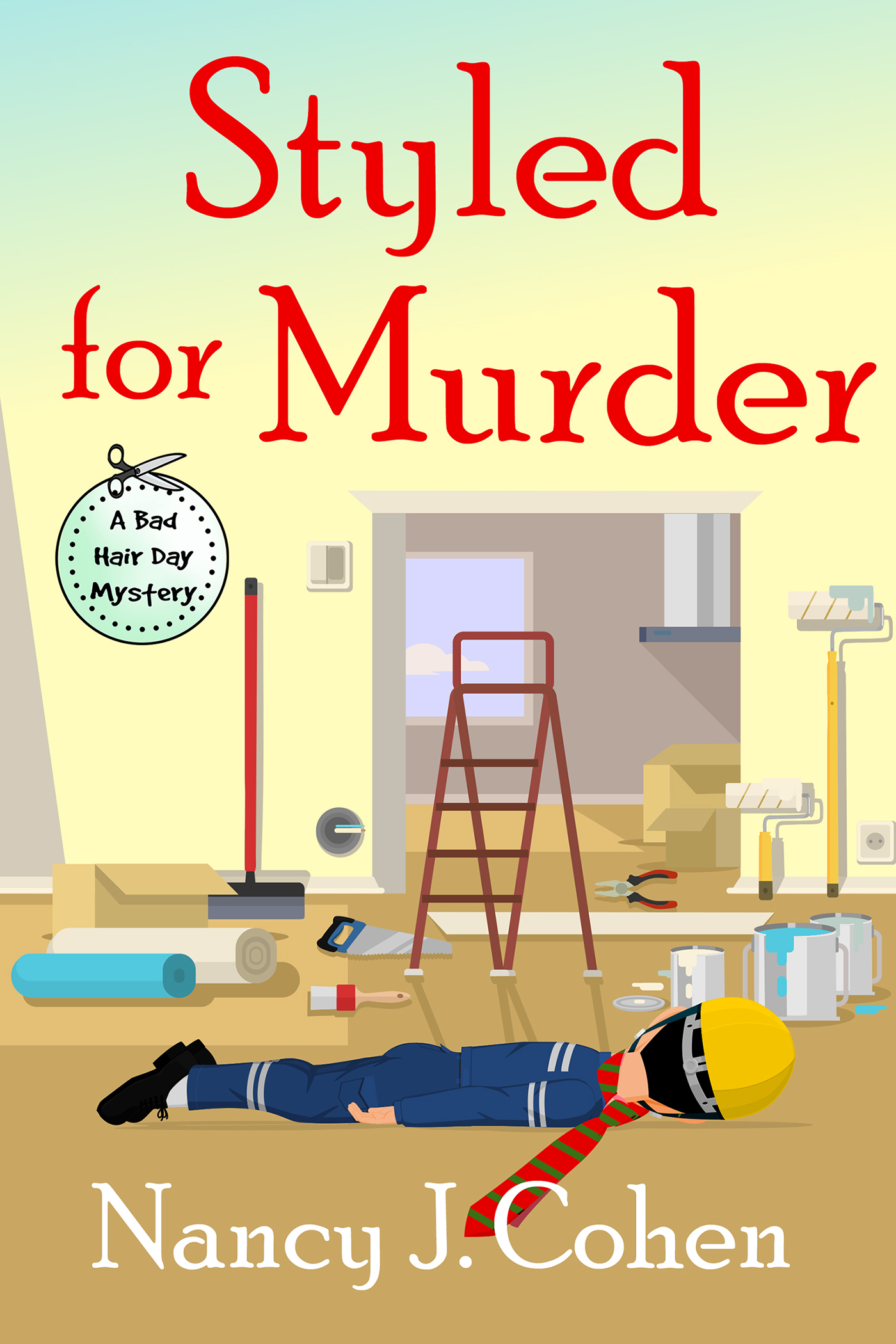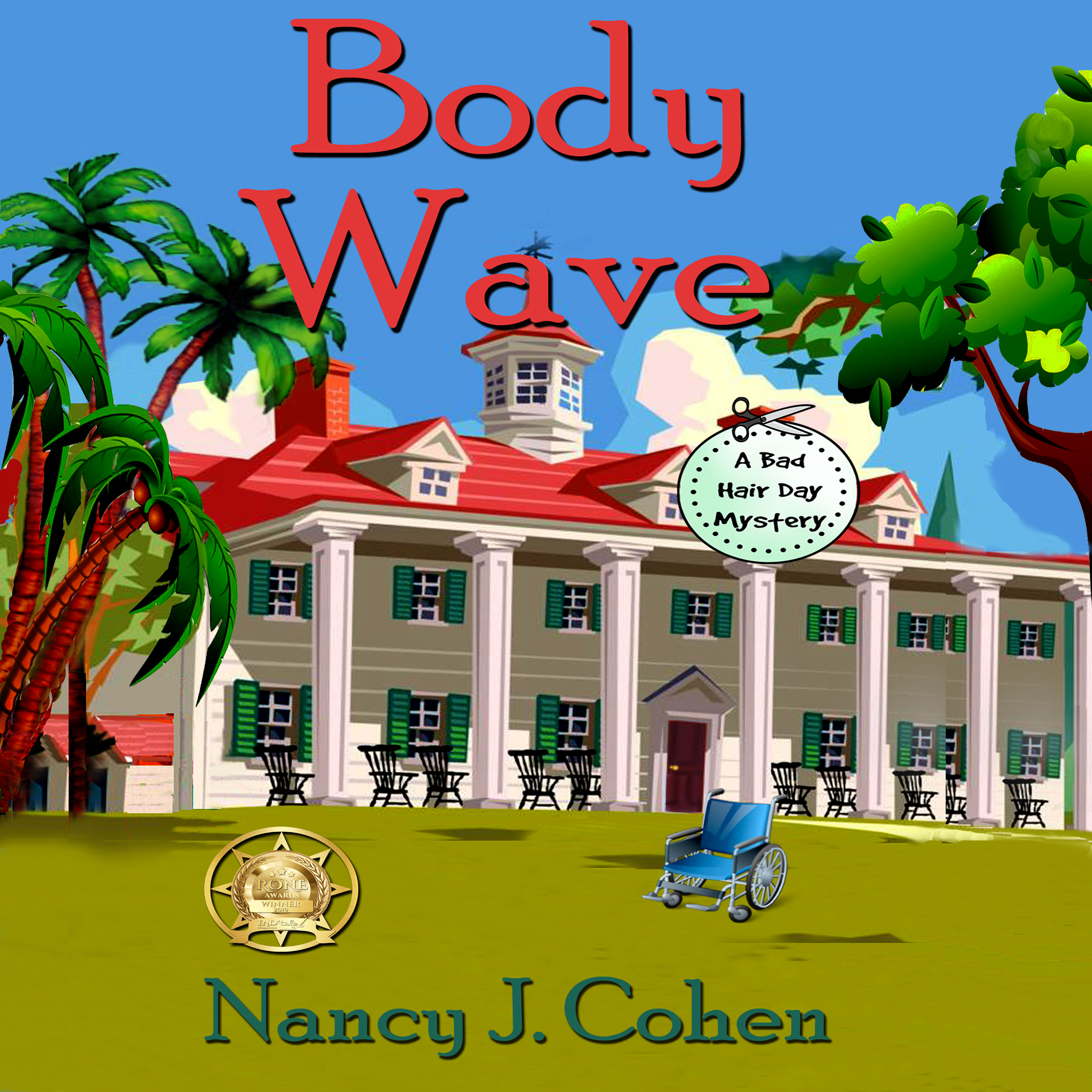Vision of the Seas
Nov. 2-12, 2012
The Ship
Vision of the Seas was a refreshing change from our last voyage on the exciting but enormous Allure. A member of Royal Caribbean’s Vision Class fleet, this ship has sleek lines and a classic layout. Ocean views are prevalent from all the lounges, and the more intimate size makes this cruise an easy one to run into the same people and make friends. We had a great itinerary with four days at sea to relax and five ports to visit.


I loved the floor-to-ceiling windows in many of the lounges and the Windjammer Café that showed ocean views. The Windjammer faces forward so you have a view of the ship plowing through the waves. I really missed these windows on the Allure and felt closed in on that huge ship despite the numerous venues. The Vision’s Solarium has a domed glass cover, so you can sit out at the pool during inclement weather. We had no problem getting lounge chairs at either of the two main pools during the day.


There are enough inside lounges for variety, and the shops have interesting wares. We had plenty of places to walk around, and I for one did not miss the interior Promenade from the larger ships. I’d rather see the water wherever possible, although the Promenade at night does give you a place to stroll. Still, there was plenty to do here. A lively, several stories-high atrium had a dance floor where musicians played in the evening.




The captain greeted us at the Welcome Aboard Party on the second night which was formal dress. Lo and behold, we had a lady captain! As I’m a fan of Captain Janeway on the Enterprise, I was thrilled. Captain Lis Lauritzen was gracious and kindly posed for photos and gave welcoming talks throughout the cruise as well as her daily briefing from the bridge. (“This is Captain Lis from the Bridge”—Do you ever wonder where else they might be?) I liked her joke about the difference between a boat and a ship. “A ship has a captain. A boat is run by a frustrated husband.” Diplomacy, poise, and wit are definitely part of her job description.



Our cabin was comfortable and in a great location. If you’re sensitive to light when you sleep, I’d suggest you bring a sleep mask. Light beamed through the peephole from out into the corridor and it shone like a beacon in my eyes at night. If you have a balcony, light from outside might shine in as well. You might also want to bring some shower gel. You can barely move in the shower, so if you drop a bar of soap, good luck retrieving it. Our shower on Vision had a clingy curtain instead of a glass door, and I cringed at the thought of who might have touched it last. As for shaving in the shower, forget it. I had to put my foot on the toilet seat and dip my razor in the sink. I hope the shower curtains are replaced with glass doors during the upcoming refurbishment. It is badly needed as most of the carpets throughout the ship are stained and the paint is peeling off the outdoor chairs.
Make sure your room isn’t over, under, or near a lounge with music at night or near an elevator. On the Vision, a door separates the public areas from the stateroom sections. This door helps to keep noise out of the cabin areas, except perhaps for the people right next to it. They might hear the door bang open and closed all night. A couple we met had their room over the show lounge (not the theater). The band’s noise reverberated throughout their cabin and they were forced to stay awake each night until after midnight. Be careful to look and see where your cabin is located when you book your cruise. Otherwise, our cabin was comfortable and the steward gave excellent service. This is a nice size ship if you’re looking for a more relaxed cruise experience.
As for entertainment, the production shows in the Masquerade Theatre were visually appealing and the singers/dancers competent, but these shows lacked sparkle and so were nothing exceptional. I hate jugglers, so we skipped that performance. We enjoyed the comedians, especially 85 year old Norm Crosby who’s the best we’ve heard in recent times. We also caught a couple of movies: The Lucky One with Zac Efron and People Like Us with Chris Pine. Overall, I’d rate the entertainment and enrichment topics as average. If you’ve been on many cruises, you’ve seen similar. But does it matter? Being on a ship is still a diversion from watching TV at home.

To View entire Photo Album, Click Here.
Coming Next: The Food (my favorite part!) and then the Ports of Call.




































